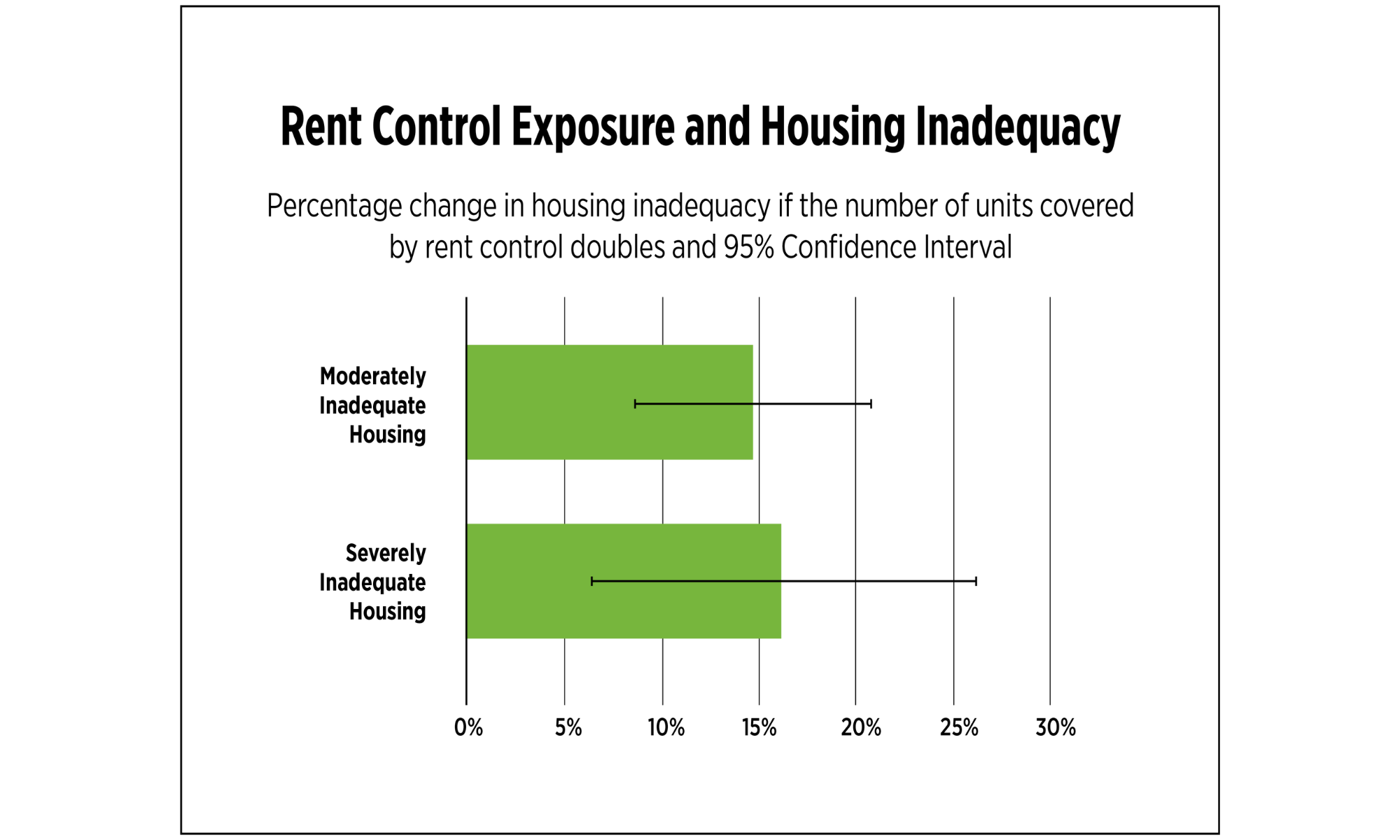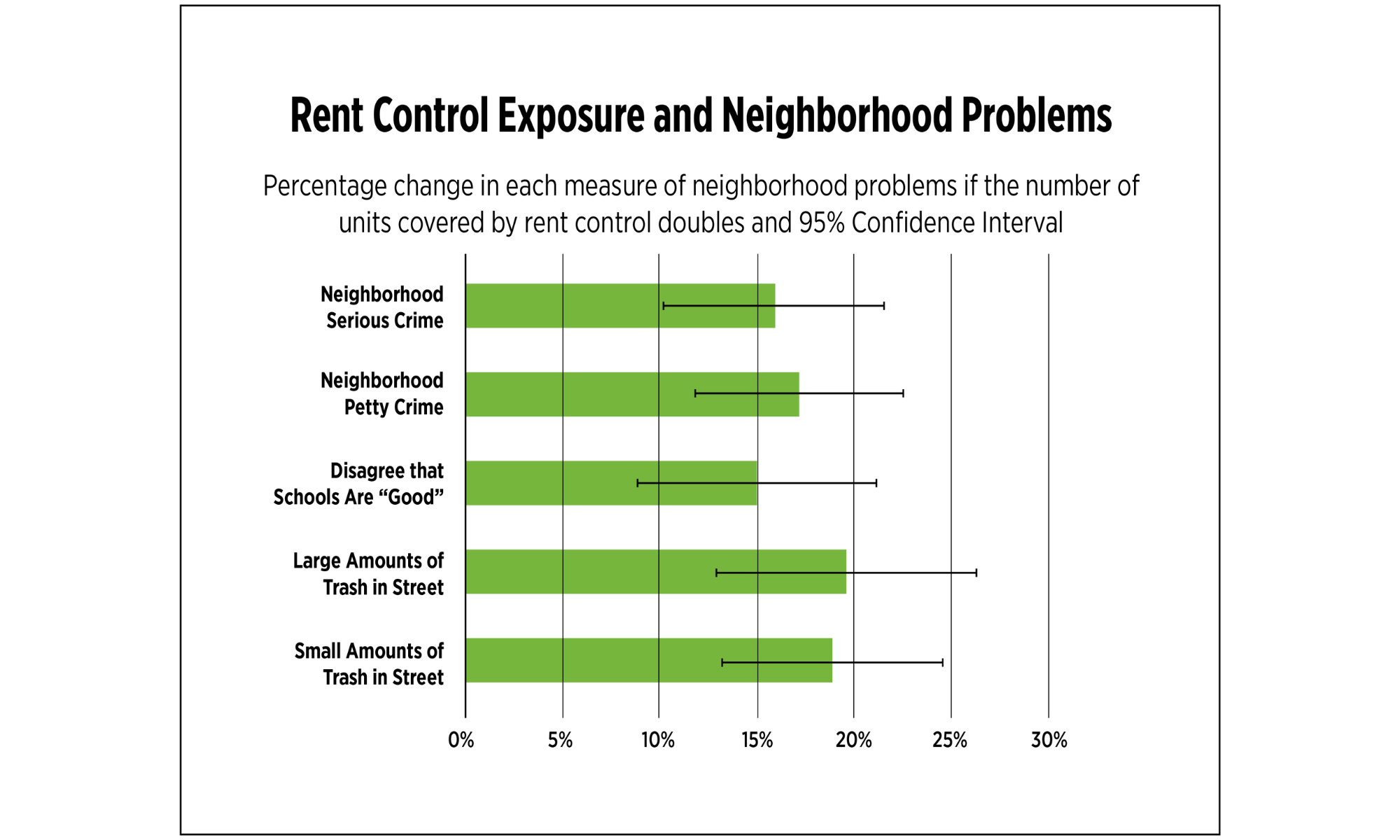New data reveals rent regulation cripples housing providers’ ability to properly maintain their properties, leading to a decline in housing and neighborhood quality.
As the discussion surrounding rent regulation gains momentum at local, state and federal levels, it’s more important than ever to understand the broader implications of these policies. The National Apartment Association (NAA) understands the well-meaning intentions behind rent regulation, which ostensibly aims to make housing more affordable. However, data and empirical research paint a different reality. Rent control often caps annual rent increases without accounting for rising operational costs. According to NAA’s Dollar of Rent research, 93 cents of every rent dollar go toward operational costs, which include expenses such as repairs and maintenance. Rent regulation often fails to consider these financial obligations, consequently restricting housing providers' ability to uphold the quality of rental housing. This could potentially result in deteriorating property and rental home conditions. Additionally, the restricted ability to recoup costs or invest in improvements could lead to declining neighborhood quality.
In October 2023, NAA engaged Capital Policy Analytics (CPA) to examine the relationship between housing and neighborhood quality and rent regulation policies. Dr. Andrew Hanson, of the Stuart Handler Department of Real Estate at the University of Illinois Chicago, led the study. The study examined data on neighborhood and housing quality in the 15 largest metropolitan areas from 2015 to 2021, using data from the U.S. Census American Housing Surveys (AHS).
The study found that increasing the number of rent-controlled units in an area is strongly related to a reduction in housing and neighborhood quality.
The Connection Between Rent Regulation and the Growth in Housing Inadequacy
The study found a strong connection between rent regulation and housing inadequacy. When the number of rent-controlled units in a metropolitan area doubles, there is a correlation of a 16.2% increase in severely inadequate housing units and a 14.7% increase in moderately inadequate housing. AHS defines severely inadequate housing as critical issues like major plumbing or electrical problems, as well as the presence of health hazards like vermin or significant structural damages. Moderately inadequate housing is defined by minor but significant maintenance issues, such as problems with toilets or unvented gas fixtures.

Rent Control Contributes to Poorer Living Conditions for Renters
One of the most significant findings from the study is the strong relationship between rent regulation and interior housing deficiencies. The study found a strong correlation between doubling the number of rent-controlled units in an area and an increase in interior the following interior deficiencies.
- A 24.9% increase in residents reporting the presence of cockroaches and a 12.8% increase in the reports of mice and rat problems
- A 19.8% increase in water service interruptions
- A 16.2% increase in the presence of mold
- A 15.8% increase in residents reporting electrical issues, such as exposed wiring and tripped breakers
The deficiencies with the interior of the housing units may be a result of deferred maintenance. Housing providers who own or manage properties with rent control regulations often find themselves in the position of having to make difficult choices to triage repairs or cut costs to alleviate the financial strain caused by rising operational expenses and rent caps.

The Balancing Act: Maintenance Spending Under Rent Control
When the number of rent-controlled units increases, there is a strong connection to higher levels of interior deficiencies. However, the study found a smaller correlation between doubling rent-controlled units and exterior housing issues. Only the presence of an exterior water leak showed statistical significance. The study found that doubling the number of rent-controlled units in an area is correlated with an 8% increase in exterior water leaks. This suggests that when dealing with strict rent caps, housing providers must make tough decisions about which operational expenses to prioritize, given the limited funds available. Considering how important the structure of the property is to provide a safe home for residents, housing providers may be forced to prioritize external maintenance and repairs over internal maintenance because they are more critical to the overall structure.
The Cost Neighborhoods Pay: Declining Public Services
Rent control has a broader impact beyond individual rental homes by affecting the quality of the neighborhood. According to a study, a significant correlation exists between doubling the number of rent-controlled units and an increase in various neighborhood problems:
- A 15.9% increase in residents reporting serious crimes as a problem in their neighborhood and a 17.3% increase in reports of petty crime as a problem in their neighborhood. AHS defines serious crimes as violent acts, such as homicide, assault and robbery. Petty crime is defined as acts such as theft and vandalism
- An increase of 15% of residents disagreeing that schools in their area are “good”
- An increase in resident reports of large amounts of trash in the street by 19.6%, in addition to a 18.9% increase in reports of small amounts of trash in the street
While there is no evidence to believe that a resident in a rent-controlled home is more likely to throw trash in the street or commit crime, it appears that this relationship is driven by a general lack of investment in the neighborhood. Rent regulation leads to decreased residential investment and development due to the limited return on investment. According to NAA research, over 70% of housing providers say that rent control affects their investment and development plans. This can result in reduced investments, shifting plans to other markets and even canceling plans altogether. A lack of residential development and investment could have a negative impact on property taxes, potentially affecting government funding and their ability to provide residents with essential public services. This ripple effect could lead to an increase in crime and have a negative impact on the quality of schools, as well as reduce services that help the government maintain a clean and safe community.

Sustainable Strategies Over Flawed Policies
The findings from this study vividly illustrate the harmful impacts of rent regulation. While the intention to make housing more affordable is commendable, the reality is clear: rent regulation cripples housing providers’ ability to properly maintain their properties, leading to a decline in housing and neighborhood quality. This ripple effect diminishes the quality of life for renters and their communities.
Previous NAA research reveals that with rent control in place, 61% of housing providers expect to defer maintenance on their rent-regulated properties. This alarming statistic emphasizes that rent control policies are not only harmful to the housing industry but also devastating to renters and the neighborhoods they call home.
Considering these findings, NAA implores policymakers to support sustainable and balanced solutions such as the Yes In My Backyard (YIMBY) Act that serve all stakeholders. This NAA-backed priority bill will encourage localities to eliminate discriminatory land use policies and remove barriers that prevent needed housing from being built. It is crucial to embrace strategies that promote growth, investment and vibrant communities. The most effective way to provide more affordable housing to Americans at all income levels is to increase the supply of housing, rather than implementing flawed policies that ultimately diminish the quality of life for renters and the surrounding community.
